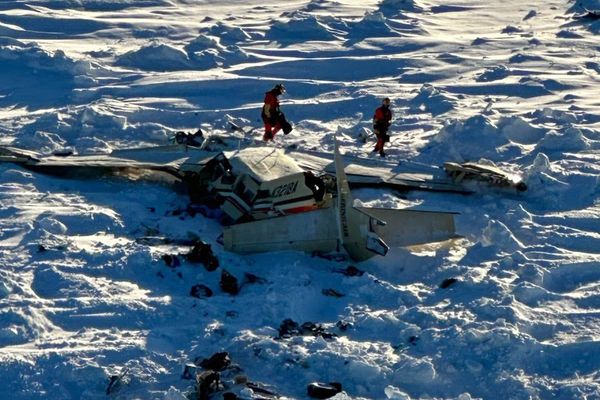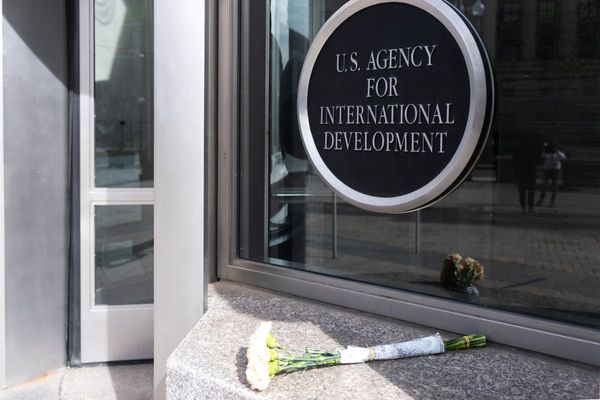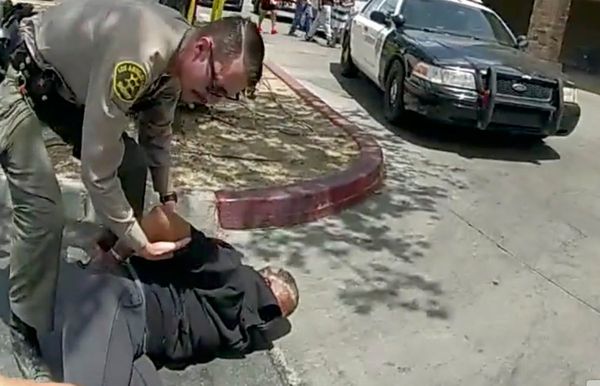A Tasmanian devil with horrific injuries to its leg has been nursed back to health and released into the wild.
"Clownfish" was brought to the vets at Bonorong Wildlife Sanctuary by members of the Save the Tasmanian Devil Program, who had been tracking the devil and noticed she was in distress.
The one-year-old devil had lost much of the skin from her front right leg, an injury known as degloving.
"We're not really sure exactly how it sustained the injury, it may have been caught in a trap or had been involved in a road accident," Bonorong vet Luke Gregory said.
The lack of skin made it impossible to stitch, and very susceptible to infection.
The vets at Bonorong faced a dilemma: amputate the leg and reduce the risk of infection, or care for the wound and hope it healed naturally.
"One of the concerns we had is that it might not have been able to close over by itself," Dr Gregory said.
Despite the risks, the team began bandaging the leg three times a week for a month, which proved challenging when managing a wild animal.
"Devils don't like bandages, so there came a point where we had to remove that and just leave it as an open wound," Dr Gregory said.
Eventually, the wound started to heal.
"You're talking about a millimetre per day," he said. "The whole treatment process probably took eight to 10 weeks."
Night vision cameras set up in Clownfish's enclosure showed she was eventually able to start walking on the leg again, and once able to move around, started putting on weight.
In the space of a couple of months, tiny two kilogram Clownfish put on an extra kilogram.
With her recovery now complete, the team were able to release her back into the wild.
"[Clownfish was] released at a reserve near Buckland, away from busy areas and people, so she should face a good chance," Dr Gregory said.
'You grasp the victories'
An injured devil is brought to Bonorong approximately once a month, and most are victims of human interaction.
"We would love to see everyone in Tasmania spend a week with us and see what we see," Bonorong director Greg Irons said.
"We would change so much in our everyday lives. We'd change the way we drive, the way we look after our pets, think more when we put up a fence or lay out rat baits or snail baits."
There are now fewer than 15,000 Tasmanian devils left in the wild, and their population is in rapid decline, due to the impact of devil facial tumour disease and cars.
Mr Irons said that, while seeing a member of an endangered species recover is "fantastic", the team at Bonorong put the same amount of effort into every creature that is brought to them.
"I speak for all animal facilities, both in Australia and around the world, when I say people don't realise the love, the care and the cost that goes into one animal," he said.
The rehabilitation work at Bonorong is funded through visitors to the sanctuary and donors, and caring for animals like Clownfish for months at a time is expensive.
Mr Irons is hoping to see less injured wildlife coming through his door in 2022.
"New Year's is a great time to make some resolutions," he said.
"We'd like people to consider taking five minutes, sit under a tree, watch a bird, and think: 'How can I be better at living alongside wildlife?'"







